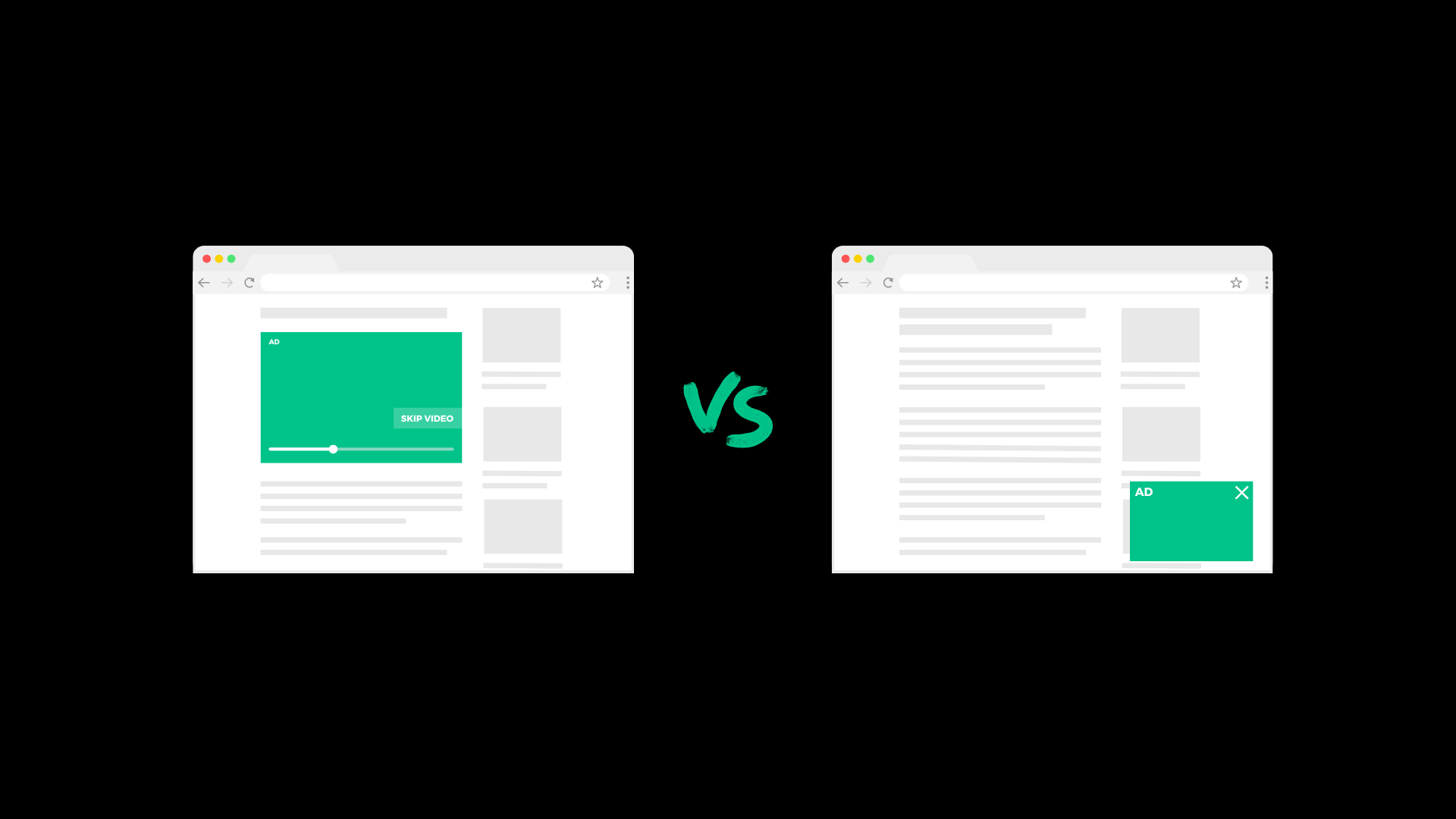The fastest-growing form of content across the web is video. This is largely due to the increased interest by users in this type of content. In April 2022, WordStream quoted that over the past two years, the time spent watching video content has increased by 52%.
Full-service video production agency, LAI Video recently quoted that “more than 80% of traffic online is video traffic, as the content people want has changed from text to images to videos and now livestreams.”.
For publishers who haven’t already jumped on the video bandwagon, let these three simple benefits be the last three you read before taking the plunge!
Why Publishers Should Invest in Video
#1 Publishers make more ad revenue from video content.
We never recommend going overboard with the number of ads on your website, but we do believe in pushing right up to the point of truly getting our partners the revenue they deserve. And it wouldn’t be very #publisherfirst of us if we didn’t truly advocate for the most profitable of ad products.
Advertisers pushing budgets to video isn’t slowing down either, and why would they when data continues to scale in its favor. Insivia recently reported that viewers retain 95% of a message when they see it in a video, compared to 10% when reading it in text. Enough said.
Because of that, CPMs are typically 3-4x higher than display, and can make up to 20% of a publisher’s overall advertising revenue. Freestar offers several high-quality video ad products, all customized for user experience and speed.
It’s quite common for Freestar publishers who have reservations about the video player, to initially try it as a test without custom content. Once they see the revenue impact, it’s at that point they go down the route of creating custom video to supplement their regular content.
#2 Website engagement indicates a good user experience.
Video production company, Mist Media, revealed case study data to support that having a video on a landing page makes it 53% more likely to show up on page one of Google search results.
I did a similar case study, specific to the food niche by weeding through hundreds of recipe query top performers. Ninety-five percent of positions 1-3 include video on the page. Of that, only 50% of the videos were actually specific to the recipe displayed on the page.
Live search results are a great indicator of what Google is valuing for organic search, and one of the strongest signals in the search algorithm is page engagement. Remember, Google favors the best quality of content, and content isn’t just the text on the page. It’s all the content, including video, text, images, user comments, links, and more.
When Google sees metrics like low bounce rate, high pages per session and high time on page, it indicated a good user experience and this is rewarded in Google search results.
#3 Video content can be more useful than static text and images.
With the right strategy, video content significantly enhances the user experience of a web page. And although we still recommend running video ad products even without custom content, that should be your entry point to video revenue, but not the stopping point.
For certain content topics, including a video helps the user understand. Here are several examples when adding a video would make the most sense.
– DIY crafts and projects
– Household or car repair
– Recipes
– Hair and makeup tutorials
For content like this, having written step by step instructions, with an accompanying video, provides the best experience for the user.
For these three reasons and many more, publishers must have a strategy for video content and monetization. If you have any questions or want to talk to Freestar about this further, contact marketing@freestar.com today!





